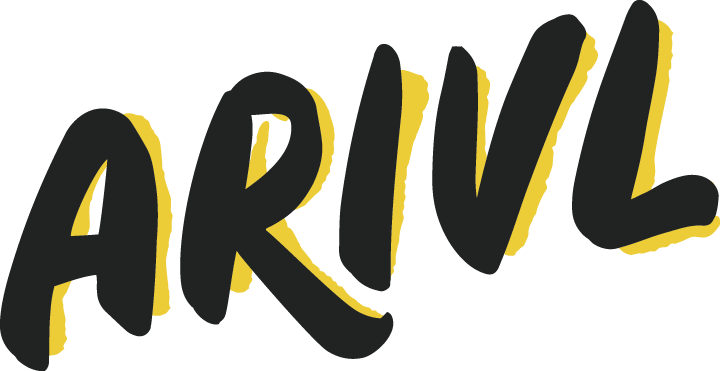Title insurance works like a standard insurance policy. It protects against future discoveries about a property, some title-related and some non-title-related. It is a form of indemnity insurance for a mortgaged property that covers the loss of an interest in a property due to discovered legal defects.
As an insurance product, title insurance doesn’t “fix” problems. It provides insurance coverage for them. In other words, the title insurer has no obligation to do anything until a problem actually arises. When a problem does arise, the insurer can pay damages or actually fix the problem.
- can cover future title fraud (i.e. if through fraudulent transactions and paperwork, someone loses title to a property they legally own – title insurance can assist in getting title back)
- can provide “gap coverage” to buyers and borrowers, which protects their interests when a transaction is closing. There is often a gap of several days between the submission of the land transfer or the mortgage document to the Land Titles Office and the registration of these interests on title. Lawyers cannot release mortgage funds to a seller until registration is complete and the title shows no intervening registrations. A borrower can arrange a title insurance policy quickly and it takes effect on the date of issue. It assures the state of the title at date of registration of the land transfer (real estate trade) or loan document (mortgage deal)
- may cover deficiencies that would not show on a Real Property Report such as unregistered utility easements or builders liens or matters that would be shown by non-Land Titles searches such as deficient corporate status
- may cover hidden deficiencies such as underground storage tanks or underground septic tanks. Sometimes coverage will include known defects, for example a fence in the wrong location or a deck that is too big for the property
Title insurance operates on a no-fault basis. No-fault insurance is when the insurance company indemnifies the policy holder for losses, regardless of fault in the incident.
This is a policy where either the buyer or seller may pay the insurance premiums to protect the buyer’s equity in the property. This title insurance may provide coverage for title and some non-title issues. The purchaser of the insurance must disclose any known issues or defects regarding the property’s title or non-title items to the insurer prior to purchasing a policy. If you’re considering buying title insurance, make sure you know the covered risks, as well as the limitations and exclusions to coverage.
The borrower usually pays for lender’s title insurance even though it is for the sole benefit of the mortgage lender. This type of title insurance gives protection to the lender with respect to the priority, validity and enforce-ability of the mortgage. If your lender requires a title insurance policy as part of the transaction, that policy is for the benefit of the lender and will not cover you as the buyer.
No. An RPR is a legal document an Alberta Land Surveyor prepares that clearly illustrates the boundaries of a property and the location of improvements, such as buildings, garages, sheds, and fences, relative to property boundaries. An RPR with a stamp of municipal compliance shows a home buyer what he or she is buying and that it complies with municipal regulations. Title insurance is an insurance policy that protects against certain unknowns. Though they are not the same, both can provide some protection for a buyer.

